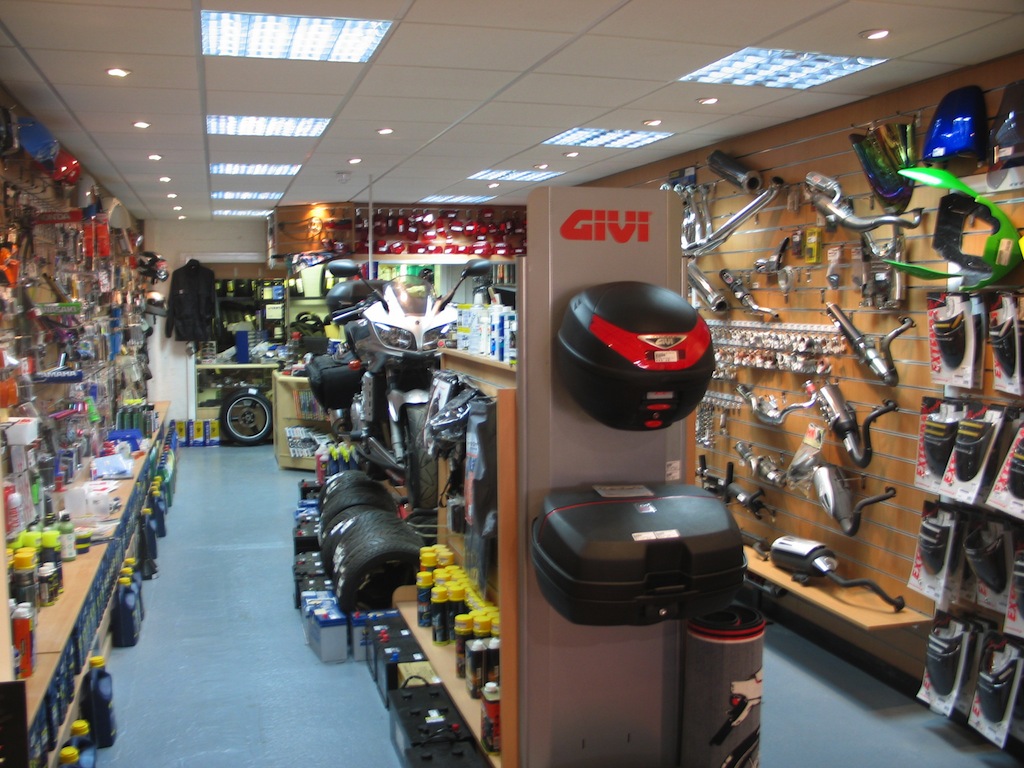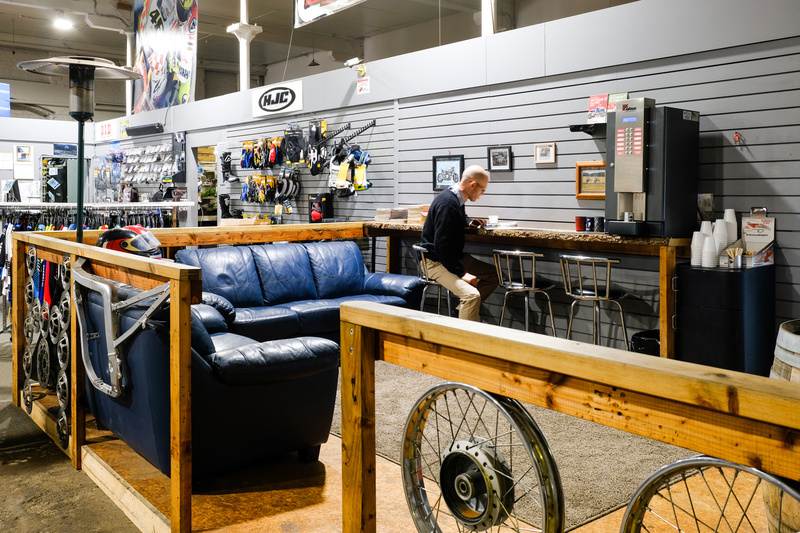Must-Have Motocross Gear: Elevate Your Riding Experience Today
Must-Have Motocross Gear: Elevate Your Riding Experience Today
Blog Article
A Thorough Look at Motorcycle Parts: What Every Rider Needs To Know
An extensive understanding of motorcycle components is not merely valuable yet crucial for any kind of rider aiming to optimize performance and safety. Each element, from the engine's intricate workings to the integrity of brake systems, plays a pivotal duty in the overall experience and performance of the bike.
Comprehending the Engine
The engine, typically considered as the heart of a motorcycle, is an intricate setting up of elements that function in harmony to convert gas into activity. At its core, the engine's primary function entails the burning procedure, where air and gas mix and stir up within the cylinders, leading to controlled surges that drive the pistons. These pistons move up and down, transforming chemical energy into mechanical power, which subsequently transforms the crankshaft, inevitably powering the bike.

Understanding the intricacies of a motorbike engine is crucial for motorcyclists and fanatics alike. It not only offers insight right into how bikes accomplish their remarkable power and speed yet also aids in effective upkeep and troubleshooting, making certain durability and reliability when driving.
Suspension Equipments
While the engine powers the motorcycle, the suspension system plays a vital function in making sure a controlled and smooth ride. The suspension system is accountable for taking in shocks from the road surface, preserving tire call, and providing stability throughout cornering and braking. It consists of 2 primary parts: the front forks and the rear shock absorbers.
Front forks are normally telescopic, consisting of a spring and dampening mechanism. The springtime prolongs and compresses to absorb bumps, while the wetting device controls the activity to avoid too much bouncing. This mix ensures the front wheel remains in call with the road, using exceptional handling and comfort.
The rear suspension, typically a monoshock or twin-shock setup, functions similarly to the front suspension but is tailored to sustain the motorcycle's weight and rider - moto parts nz. It manages rear wheel movement, adding to the bike's general equilibrium and responsiveness
Shock absorber can be flexible, enabling riders to fine-tune preload, compression, and rebound settings according to personal choices and riding conditions. This adjustability improves efficiency by enhancing the motorbike's communication with diverse terrains. In recap, an efficient shock absorber is essential for motorcyclist comfort, security, and the motorcycle's managing expertise.
Brake Parts
Stopping power is a fundamental aspect of motorcycle safety, and it rests on the performance of the brake components. The key components of a motorbike's braking system consist of the brake pads, calipers, blades, and master cyndrical tube. motorcycle shop. Each of these parts plays a crucial role in making sure reliable braking efficiency
Brake pads are crucial as they create the needed rubbing versus the rotors to slow down or stop the motorbike. Built from materials such as sintered metal or organic compounds, the option of brake pad product dramatically affects performance and durability. Calipers, housing the brake pads, apply stress to the pads when the brake bar is involved, helping with call with the blades.
The blades, normally made from stainless steel or actors iron, are mounted to the wheels and act as the surface against which the brake pads press. Their style, including diameter and thickness, impacts warmth dissipation and stopping power. The master cyndrical tube, attached to the brake lever, generates hydraulic pressure transmitted via brake lines to the calipers, ensuring regular stopping force.
Normal upkeep and inspection of these parts are crucial for ideal efficiency, avoiding wear and ensuring rider safety and security when driving.
Tire Fundamentals
Beyond maintaining robust braking systems, guaranteeing optimal tire efficiency is just as significant for bike safety and efficiency. Tires are the sole call factor in between the motorcycle and the road, making their problem pivotal in managing, security, and overall trip quality. Choosing the suitable tire type is essential, as it straight influences grip and performance. Alternatives vary from exploring to sporting activity tires, each developed to accommodate specific riding styles and problems.

Furthermore, consider the tire's age. Rubber compounds weaken with time, even if tread shows up appropriate. Inspect the sidewall for the DOT (Department of Transport) code to ascertain the tire's age. Typically, replacement is suggested every 5 years, regardless of wear. Investing focus in these tire fundamentals not just maximizes performance yet also dramatically enhances riding security.
Electrical Solutions
In the realm of bike maintenance, the electric system plays an important function in making certain trusted performance and biker safety and security. This detailed network includes vital parts such as the battery, alternator, starter electric motor, and wiring harness. Each aspect is important for the smooth procedure of the motorbike, from find more information ignition to illumination and interaction with different sensing units.
The battery acts as the heart of the electrical system, providing the required power to begin blog here the engine and operate accessories. On a regular basis inspecting the battery's voltage and terminals for deterioration is crucial to stop unanticipated failings. The alternator, on the various other hand, reenergizes the battery while the engine is running, making certain a constant power supply.
The starter motor is in charge of launching engine operation, converting electrical energy right into mechanical energy. To preserve it, bikers need to focus on any uncommon noises or difficulties during start-up. On the other hand, the wiring harness functions as the automobile's worried system, connecting all electric elements. Guaranteeing that the cables are free and intact from damage is crucial for ensuring and protecting against short circuits capability.
Final Thought

Quiting power is a fundamental element of bike safety and security, and it hinges on the effectiveness of the brake components. The primary components of a motorcycle's stopping system consist of the brake pads, calipers, blades, and master cyndrical tube.Brake pads her comment is here are important as they create the required rubbing against the rotors to slow down or stop the motorbike.Beyond keeping robust braking systems, ensuring optimum tire performance is similarly significant for bike safety and efficiency.In the world of motorcycle upkeep, the electrical system plays a vital function in making sure reliable efficiency and motorcyclist safety.
Report this page